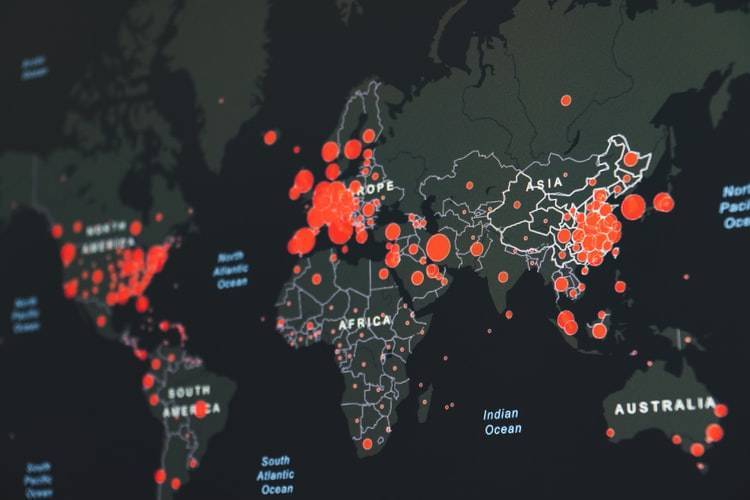A research team in the U.S. has demonstrated that the novel coronavirus causing COVID-19 can be used against itself, in a manner akin to "curing with the very thing that caused the ailment." Viruses thrive by exploiting the cells they infect; however, to replicate and infect other cells, they need to produce viral proteins. As a result, viruses can also be vulnerable to exploitation through defective copies of themselves that do not produce such proteins.
Despite this, a defective viral genome can still replicate in infected cells, and such a defective genome can replicate faster due to its shorter length, interfering with the virus's replication. In a study published on July 1 in the journal PeerJ, reported by the newspaper Asharq Al-Awsat, a research team from the University of Pennsylvania created an artificial defective version of the virus. They assembled segments of the viral genome that do not encode any functional proteins but allow the genome to replicate. This artificial defective genome replicates three times faster than the original virus in infected cells, interfering with it and reducing the viral load in infected cells by half within 24 hours.
The artificial genome transfers efficiently, similar to the original virus's genome, suggesting the potential for using a version of this construct as an antiviral treatment. During the study, the research team introduced the artificial defective genome into African green monkey cells already infected with the original virus, then measured the relative amounts of the artificial genomes compared to the original virus's genome over time, indicating how much the artificial genome interfered with the original virus's genome.
The research team found that within 24 hours of infection, the artificial genome reduced the original virus's amount by nearly half compared to the viral amount in control experiments. They also found that the artificial genome increased by 3.3 times faster than the original virus. Marco Archetti, an associate professor of biology at the University of Pennsylvania and the principal investigator of the study, stated in a report published on the university's website on July 6: "While the 50% reduction in viral load observed over 24 hours is not sufficient for therapeutic purposes, it is likely that as artificial genomes accumulate in the cell, the decrease in the original virus's quantity will lead to the extinction of both the original virus and the artificial genome, since the artificial genome cannot sustain itself once the wild-type virus is driven to extinction."
He added, "More experiments are needed to verify the potential of the artificial genome of the novel coronavirus as an antiviral treatment, suggesting that these experiments could be replicated in human lung cell lines and against some of the more recent variants of the novel coronavirus." Furthermore, Archetti noted that an effective delivery method needs to be developed, as the research team used nanoparticles as delivery vehicles in their experiments. He stated: "With additional research and fine-tuning, a version of the artificial genome could serve as a self-sustaining treatment for COVID-19."
The coronavirus has caused 4,053,041 deaths worldwide since the World Health Organization reported the emergence of the disease in China at the end of December 2019, according to a count conducted by the AFP agency based on official sources on Wednesday. More than 187,779,210 people have been confirmed infected with the virus since its emergence. The vast majority of those infected have recovered, although some continue to experience symptoms weeks or even months later. A significant proportion of less severe or asymptomatic cases remain undetected despite intensified testing in many countries.




